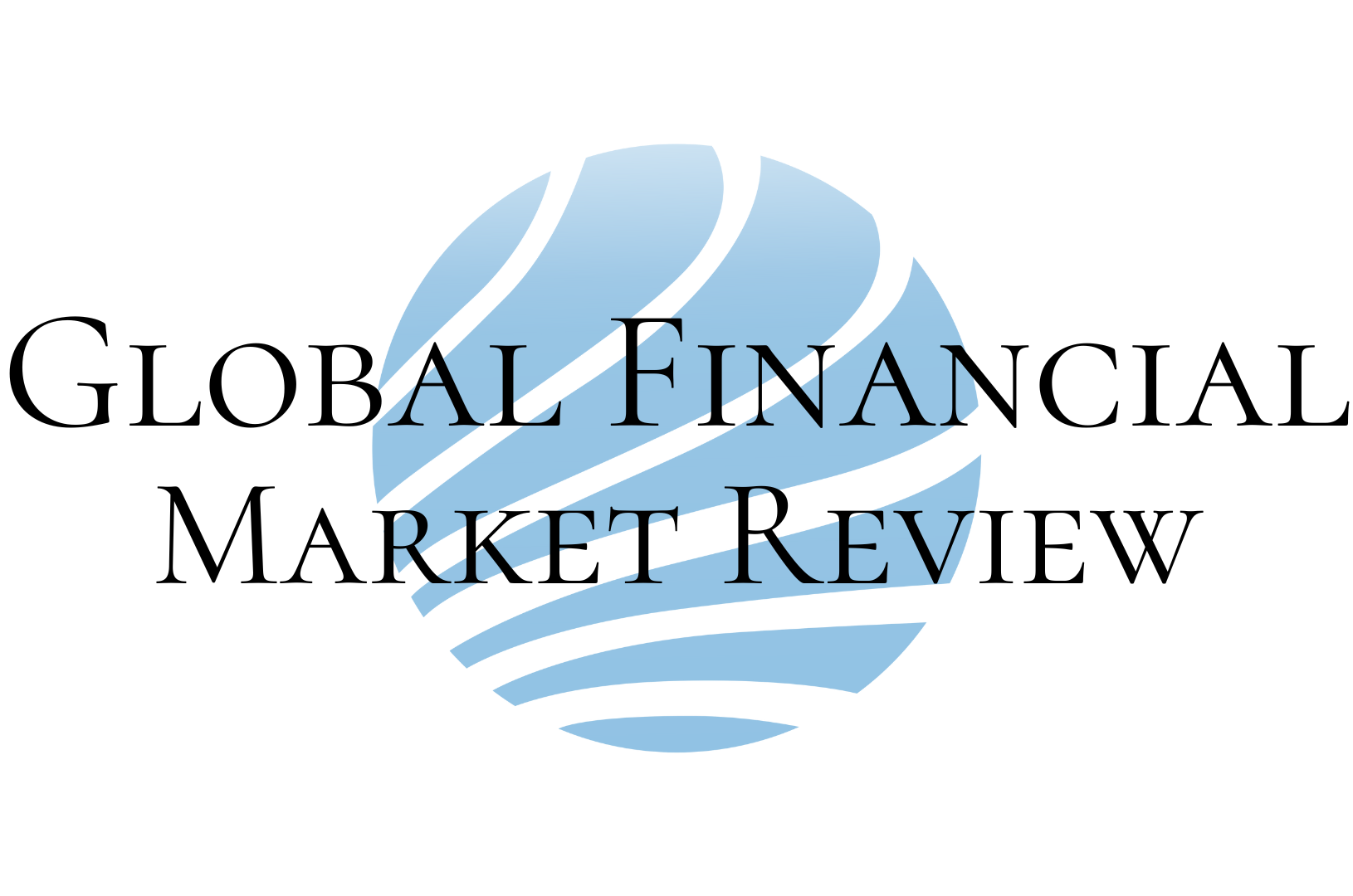The banking system has been supported businesses but banks themselves are in need of assistance. Findings of Dau tu Chung khoan newspaper showed that the system liquidity in the first quarter (Q1) of 2020 was abundant with the largest difference between M2 (including cash, demand deposits and savings) and credit over the same period in the last three years. This was mainly because the State Bank of Vietnam (SBV) actively injected capital through foreign currency purchase (estimated at 3.6 billion US dollars, equivalent to 84 trillion dong) I the period before the Lunar New Year holiday to support market liquidity.
In addition, the epidemic has weakened the credit demand as businesses are facing many difficulties and have to narrow production and business activities. However, with fairly poor connectivity, the liquidity abundance on the interbank market has not yet been able to help deposit and lending interest rates on market 1 (residential areas and economic organisations) decrease strongly.
In fact, the SBV has used administrative measures including lowering operating rates, cutting the ceiling deposit rates for terms of less than six months in mid-March. These measures have partly worked when the deposit rate level for terms of more than six months were reduced by 30-50 percentage points and lending rates were cut by 0.5 two percent per annum for existing loans and new loans from April 1st 2020 for customers hit by the Covid-19 epidemic under Directive 02/CT-NHNN.
Talking to the reporter, Nguyen Van Le, general director of Saigon Hanoi Commercial Joint Stock Bank (SHB) said that from the end of February until now, SHB has exempted and reduced interests, and restructured debts for nearly 1,200 customers with a total outstanding loans of nearly five trillion dong (of which mainly interest exemption and reduction).
Similarly, Nguyen Hung, general director of Tien Phong Commercial Joint Stock Bank (TPBank) shared that in addition to the measures to reduce lending rates for existing loans, offer preferential lending rates to new loans, etc. in March 2020, TPBank restructured debts and rescheduled debts for nearly 1,000 customers with total outstanding loans of over three trillion dong.
Talking to Dau tu Chung khoan, general director of a bank said that the lending rate level in the economy tends to continue to decrease in the near future by about 0.5 percentage point, because the impacts of the Covid-19 pandemic have caused credit demand to sharply fall while the banking liquidity is in an abundant status.
Dr Le Xuan Nghia, an economic expert, said to the reporter that “preparing for the coming time when the epidemic is under control, focusing on recovering the economy, the management authorities need to have stronger policies and moves, in addition to requiring banks to freeze and reschedule debts and offer new loans. Specifically, the SBV should take steps to further reduce operating rates, refinancing rates, rediscount rates, expand open market operations, reduce interest rates on compulsory reserve deposits of banks, etc. to support market liquidity”.
Analysts shared a similar point of view that since the inflation will soon cool down in Q2 2020, the SBV need more room to accelerate monetary easing policies to support the economy. For lending rate level, the downward trend is likely to be more obvious in the near future.
Banks also need support
According to SHB’s leader, in an effort to limit the negative impacts on the bank and to save itself, the bank’s Board of directors (BOD), Management Board and senior management voluntarily reduce 50 percent of their salaries until the epidemic ends. For management levels from deputy management level upwards (and equivalent titles), their salaries decrease by 10-30 percent depending on income level. In addition, SHB will drastically review all operating costs and carry out measures to reduce operating costs with a minimum reduction of 10%.
Agreeing with this view, Vo Tan Hoang Van, general director of Saigon Commercial Joint Stock Bank (SCB) emphasized that credit institutions must carry out the thrift policy to ensure financial health so that they can quickly resume operations when the epidemic ends.
Dr Le Xuan Nghia analysed that after the financial crisis in 2007 2008, it took Vietnamese banks 10 years to recover their financial targets.
However, the system’s risk tolerance is not large, the financial foundation has recovered but is not yet strong because banks need at least five years to accumulate.
In such a financial health, the emergence of the Covid-19 epidemic has changed the plans of not only sectors in the economy, but also the banking sector the backbone of the economy.
“The banking system is experiencing a great shock and will face difficulties related to profit decline and bad debt rise, and this is the most worrying issue,” said Dr Nghia.
An analysis report of KB Vietnam Securities Company stated that the Covid-19 epidemic will continue to have an indirect impact on banking activities for the rest of 2020.
Within the first three months of 2020, banking stocks experienced a sharp price decline under the impact of the epidemic. The average price dropped by 23.9%, bringing the industry’s average Price to Book ratio (P/B) from 1.52 times in the end of 2019 to 1.15 times.
“After the restructuring period, most banks have solved outstanding issued related to asset quality. Nevertheless, the bad debts may slightly rise and the burden comes from provisioning expenses this year when businesses are facing difficulties that the Covid-19 epidemic causes,” the report stated.
Assessing the system risks, Dr Nguyen Tri Hieu an economic expert said that to operate, banks need to mobilise capital from people and businesses. If people and businesses do not deposit money into banks, the banking system will lose liquidity.
Furthermore, with 8,000 trillion dong of outstanding loans in the system, if customers are unable to repay debts, the burden will be on banks. In the situation that bad debts are rising, banks will not be able to cope.
According to Dr Hieu, the banking system is also suffering from the epidemic. If the economy is in difficulty and businesses are struggling, banks will be caught up in this spiral. This means that banks are in the same situation with other businesses,” said Dr Hieu.
It is known that the SBV has raised interest rates for the compulsory reserve deposits in dong to one percent per annum from March 17th to support banks’ profits in the context when income is affected after implementing preferential credit packages (valued 285 trillion dong) for businesses hit by the Covid-19 epidemic.
According to statistics from banks’ financial statements, by the end of 2019, the total deposits at the SBV of banks were about 330 trillion dong. Thus, the support from the SBV for banks is nearly 660 billion dong.


